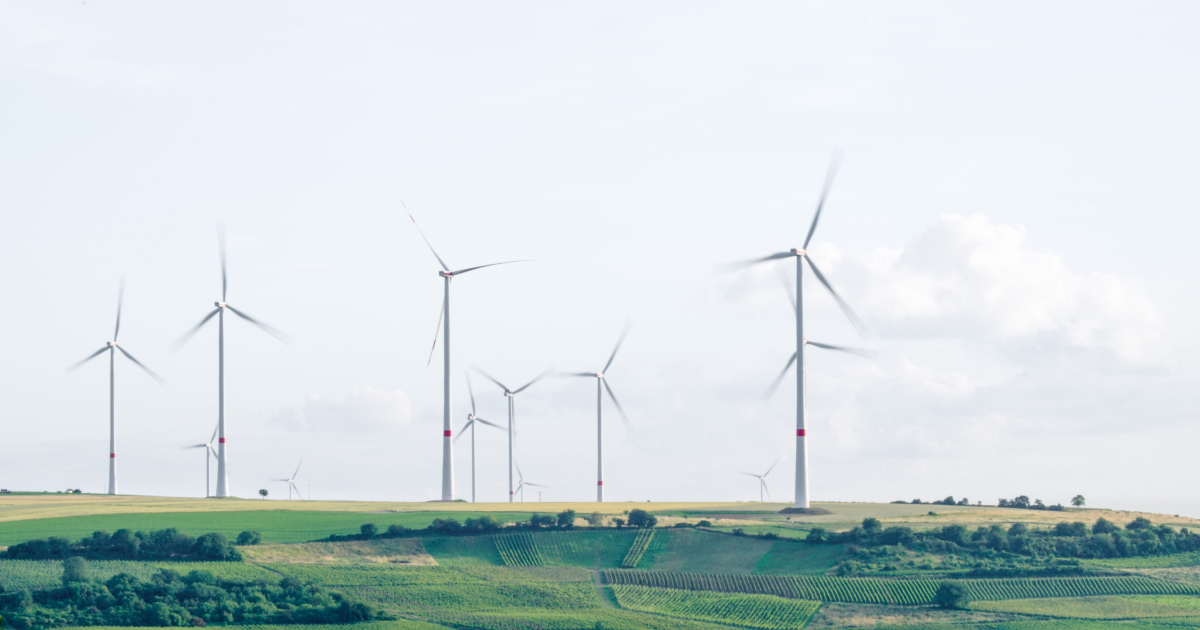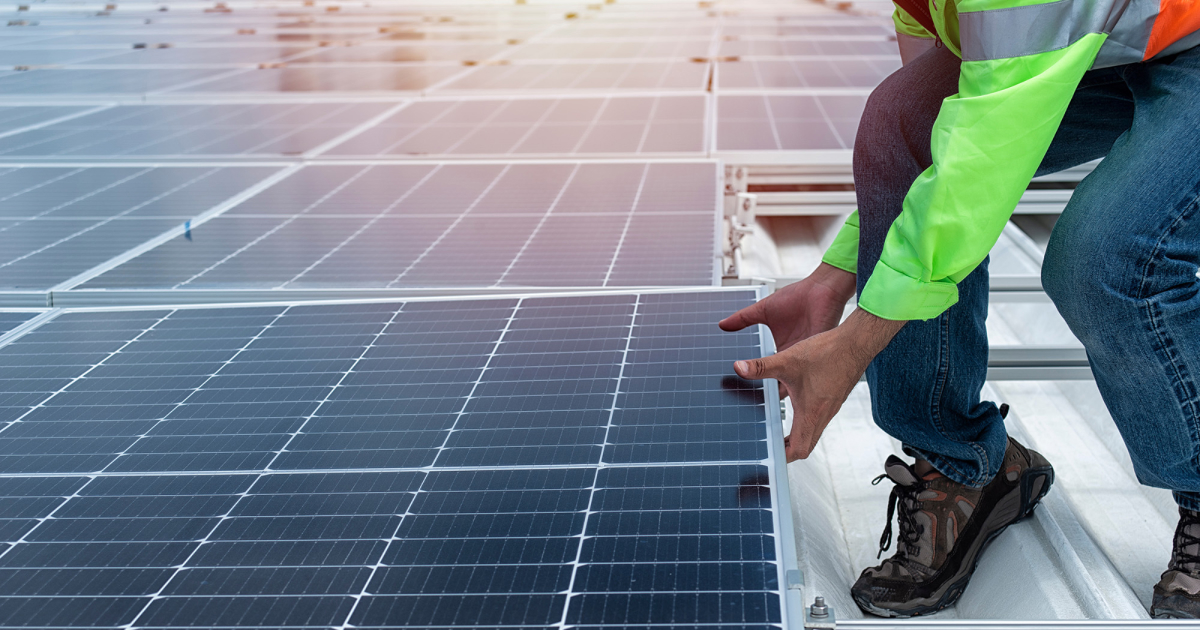The International Labor Organization estimates there will be 24 million climate jobs worldwide by 2030. Deloitte anticipates more than 300 million “green collar” gigs 20 years later. But a good green job must be environmentally responsible and prioritize working conditions, livable wages, and career growth opportunities.
How do we get there? We need equitable access to such employment across all communities. Companies and organizations have an opportunity to create jobs that both address the climate crisis and sustain workers financially, better enabling them to build long-term careers in this industry. And businesses must focus on diversity and inclusion in doing so.
According to a 2021 report from the U.S. Department of Energy, 61% of clean energy workers are white and 73% are men. Women represent less than 30% of all employees in this sector, while Black and Latino workers account for only 8% and 16.5% of the clean energy workforce, respectively. A lack of funding, education, flexible training, and services such as childcare further hobbles efforts to diversify this burgeoning field.
This chasm has the potential to become even more pronounced as global warming approaches 1.5 degrees Celsius above pre-industrial levels and trillions are spent to mitigate and adapt to climate change. People of color, women, and low-income communities are on the frontlines of this crisis, yet research shows they’re not invested in or supported to fully participate in finding climate solutions. And there’s no clear path forward to create equitable access to these green jobs.




